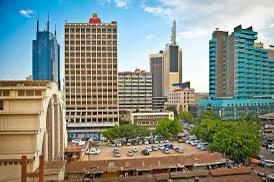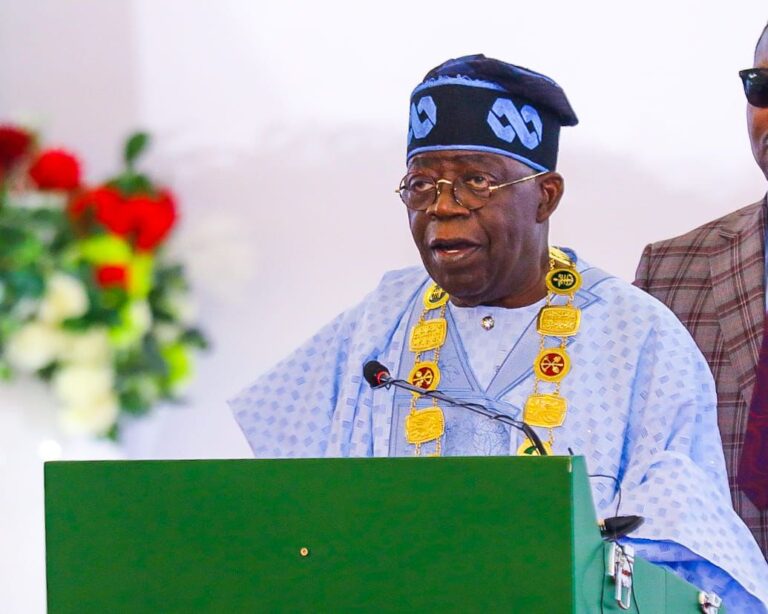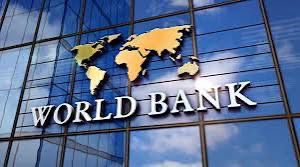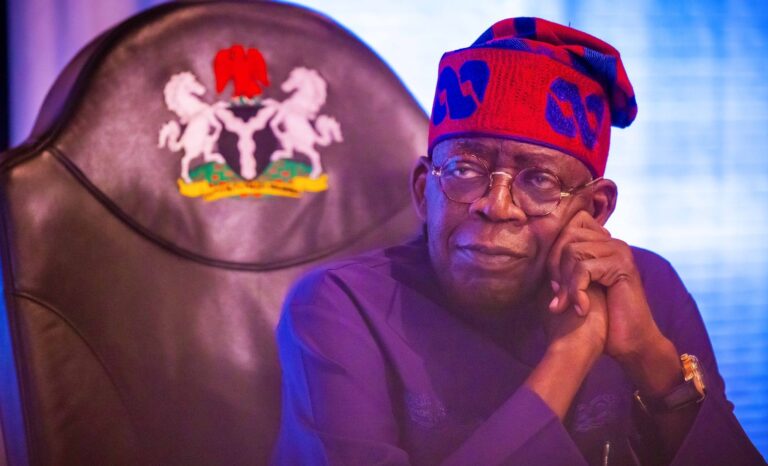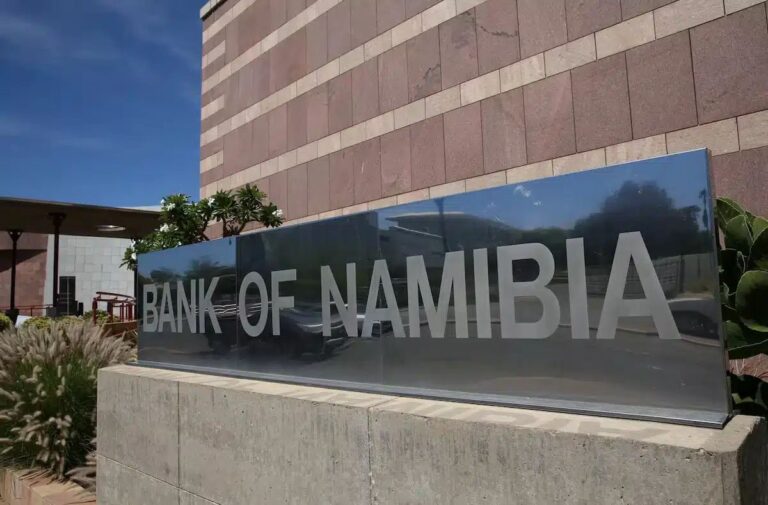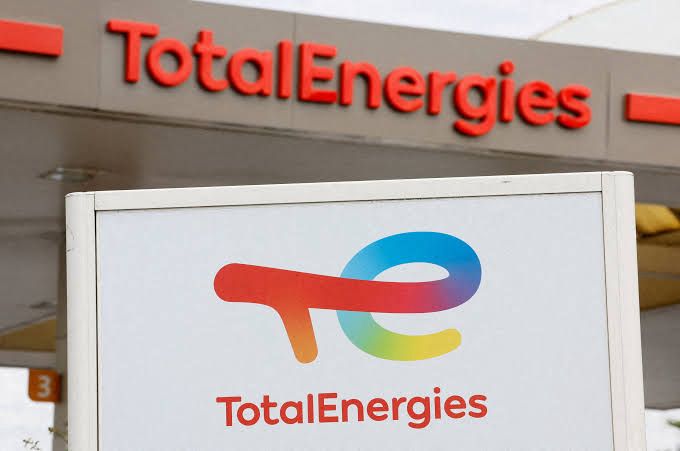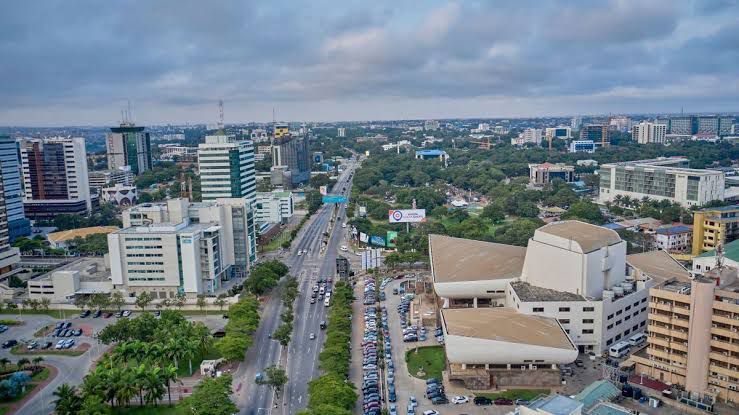Kenya’s private sector experienced its sharpest slowdown in nearly a year in June, with business conditions deteriorating for the second consecutive month. The latest Stanbic Bank Kenya Purchasing Managers’ Index (PMI), compiled by S&P Global, dropped to 48.6 in June from 49.6 in May, signaling a modest yet broad-based contraction. Readings below the 50.0 mark indicate a decline in business activity.
The significant downturn has been primarily attributed to a solid contraction in both output and new orders, driven by a combination of lower consumer spending, challenging economic conditions, and renewed social protests that disrupted operations across various sectors.
More than a third of surveyed businesses reported a drop in sales during June, while only a fifth saw an increase. Respondents consistently cited difficult conditions for clients as the main factor behind diminishing new business. This indicates a hesitant consumer base, grappling with economic uncertainties.
“The dip in activity was due to output and new orders contracting because of weaker consumer spending, challenging economic conditions, and social protests reappearing in June,” stated Christopher Legilisho, an Economist at Stanbic Bank.
The month of June saw significant public unrest, initially tied to the anniversary of anti-government protests from the previous year, and later amplified by public anger over the death of a blogger in police custody. These protests, which included youth-led demonstrations, looting, and arson in Nairobi and other cities, undoubtedly contributed to operational disruptions and dampened business sentiment. Interior Minister Kipchumba Murkomen reported at least 10 deaths during one day’s unrest, while rights group Amnesty Kenya claimed at least 16 fatalities, all from gunshot wounds suspected to be inflicted by police.
Despite the gloomy overall picture, there were some mixed signals. Confidence about future activity strengthened slightly, and headcounts increased, while delivery times improved at the sharpest rate in almost two years, likely due to intense competition and reduced road congestion. However, some firms still faced delays from port clearance issues and material shortages.

Input prices also rose at their fastest pace since January, largely due to increasing wage costs. This suggests that while demand is weak, businesses are still contending with rising operational expenses. Interestingly, inventory levels rose sharply in June, reaching their highest growth rate since October 2022. This could be a result of strategic stockpiling by firms or an anticipation of future demand, despite the current slump. Conversely, actual purchasing activity saw its steepest drop since July 2024, as businesses adjusted their buying patterns in response to softer sales.
The current economic outlook for Kenya remains subject to elevated uncertainty. While the country’s GDP grew by 4.9% year-on-year in the first quarter of 2025, and inflation has been declining (reaching 3.8% in May), concerns persist regarding private sector investment and overall economic resilience. The World Bank recently lowered Kenya’s 2025 economic growth projection to 4.5% from an earlier forecast of about 5%, citing higher debt risks and declining private sector credit.
Structural reforms aimed at boosting private sector productivity, expanding access to skills and capital, and strengthening households’ resilience to external shocks are deemed crucial for ensuring inclusive growth and poverty reduction in the long term. The current slowdown in private sector activity in June underscores the immediate challenges facing the Kenyan economy as it navigates complex domestic and global headwinds.



